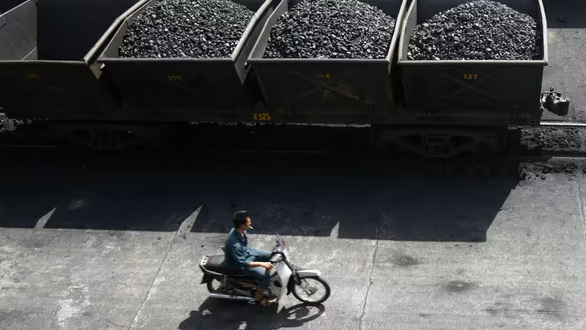The Economist: Vietnam leads Southeast Asia in transition to clean energy

Vietnam is still heavily dependent on coal-fired power – Photo: REUTERS
According to the post of The Economist, in the 4 years to 2021, the share of solar power in Vietnam has increased from practically zero to nearly 11%. This is not only a faster rate of growth than almost anywhere in the world, but a higher share than in major economies like France or Japan.
By last year, Vietnam had become the 10th largest solar power producer in the world.
Underscoring his commitment to the energy transition, Vietnamese Prime Minister Pham Minh Chinh in November 2021 announced that he would stop building new coal power plants and reduce Vietnam’s net emissions to zero. 0 by 2050.
Other Southeast Asian countries looking to up the game can draw a few lessons from Vietnam. Accordingly, Vietnam has quadrupled its wind and solar power capacity compared to 2019.
The article claims this “extraordinary achievement” is mainly due to political will and market forces.
In 2017, the Vietnamese government began paying solar suppliers a flat rate of up to 9.35 cents per kilowatt-hour supplied to the grid.
This price is quite generous as the cost per kilowatt hour usually ranges from 5-7 cents.
As a result, 100,000 rooftop solar panels were installed in 2019 and 2020, bringing Vietnam’s solar capacity to 16GW. Many other Southeast Asian countries have tried to apply grid pricing, but they are not attractive enough.
Reforms to make it easier for foreign investors to do business in Vietnam have also helped. However, according to the article, if Vietnam hopes to achieve net zero emissions by 2050, Vietnam will have to make more efforts.
According to consulting firm Dezan Shira, energy demand in Vietnam has increased by about 10% per year over the past decade and this demand is being largely met by coal power.
The paper argues that government policymakers need to increase wind and solar energy, and consider expanding and upgrading the electricity grid to cover the whole country to cope with the intermittent nature of the power source. electricity provided by renewable energy.
at Blogtuan.info – Source: tuoitre.vn – Read the original article here



